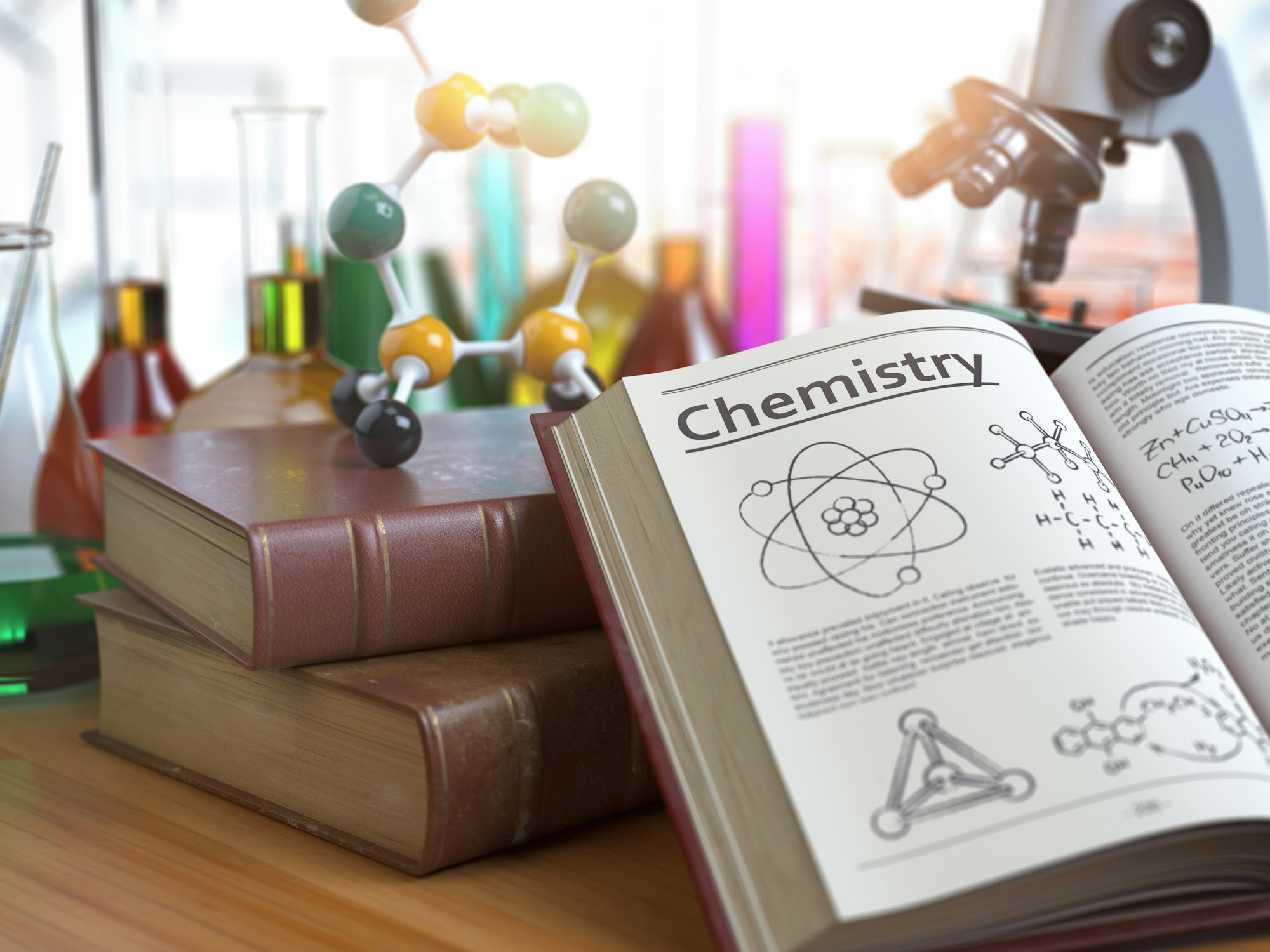The 2024 Nobel Prize in Chemistry recognizes a groundbreaking advancement in molecular science, celebrating researchers who have made significant contributions to our understanding of atomic interactions and their applications in real-world problems. This year’s laureates have pioneered work that paves the way for new developments in material science, energy solutions, and medicine.

Breakthrough Research and Its Impact
The awarded research delves into the precise manipulation of atomic structures to create novel materials with highly tailored properties. These materials can impact various fields, from creating more efficient solar cells to enhancing drug delivery systems. The work relies on advanced techniques like quantum chemistry, which allows scientists to predict and control chemical reactions at a molecular level. This advancement not only provides insights into fundamental chemistry but also bridges the gap between theoretical science and practical applications.
How This Research Changes the Field
- Quantum Chemistry and Material Science: The laureates’ work uses quantum simulations to design materials atom-by-atom, potentially revolutionizing everything from semiconductors to catalysts used in renewable energy.
- Energy Solutions: Their research has led to the development of materials that improve the efficiency of energy storage and conversion, making technologies like batteries and solar panels more effective.
- Medical Applications: By manipulating molecules, scientists can better understand drug interactions at the cellular level, leading to the creation of more targeted therapies for complex diseases.
Expanding Beyond the Original Focus
The original coverage of the Nobel Prize highlighted the technical details of the laureates’ work but omitted some of its broader implications. Here’s a deeper dive into those aspects:
- Environmental Impact: The ability to design materials with specific properties could significantly reduce the environmental footprint of industrial processes. For example, creating more efficient catalysts can lower the energy needed for chemical reactions, cutting down greenhouse gas emissions.
- Economic Potential: This breakthrough opens up opportunities for innovation in the tech sector, particularly for companies involved in developing next-generation electronics, medical devices, and green technologies. The scalability of these molecular designs can make advanced technologies more accessible and affordable.
- Interdisciplinary Applications: Beyond chemistry, this research connects with physics, engineering, and computational sciences, highlighting the collaborative nature of modern scientific advancements. It has inspired new lines of inquiry, such as how to integrate these materials into everyday technologies like wearables and medical implants.

Commonly Asked Questions About the Nobel-Winning Research
1. What is quantum chemistry, and why is it significant?
Quantum chemistry uses principles from quantum mechanics to understand how molecules behave. It allows scientists to model molecular interactions accurately, making it crucial for designing new materials with specific characteristics.
2. How does this research impact renewable energy?
By creating materials that are more efficient at storing and converting energy, this research could make solar panels, batteries, and other renewable technologies more efficient and cost-effective, accelerating the shift away from fossil fuels.
3. Can this research lead to new medicines?
Yes, the ability to manipulate molecules precisely can enhance drug delivery systems and help develop treatments for diseases that are currently hard to target, such as cancer and neurodegenerative conditions.
4. What industries stand to benefit the most from this breakthrough?
The technology sector, pharmaceutical companies, renewable energy developers, and even aerospace industries can benefit from these new materials due to their versatility and efficiency in various applications.
5. How long will it take for these discoveries to impact everyday products?
While the research is promising, translating these findings into consumer products could take 5-10 years, depending on regulatory processes and the development of scalable production methods.
This Nobel-winning research marks a pivotal point in molecular science, showing the vast potential of chemistry when combined with modern computational tools and collaborative scientific efforts. It is a testament to how detailed atomic-level research can have far-reaching consequences for technology, health, and the environment.
Sources The New York Times


